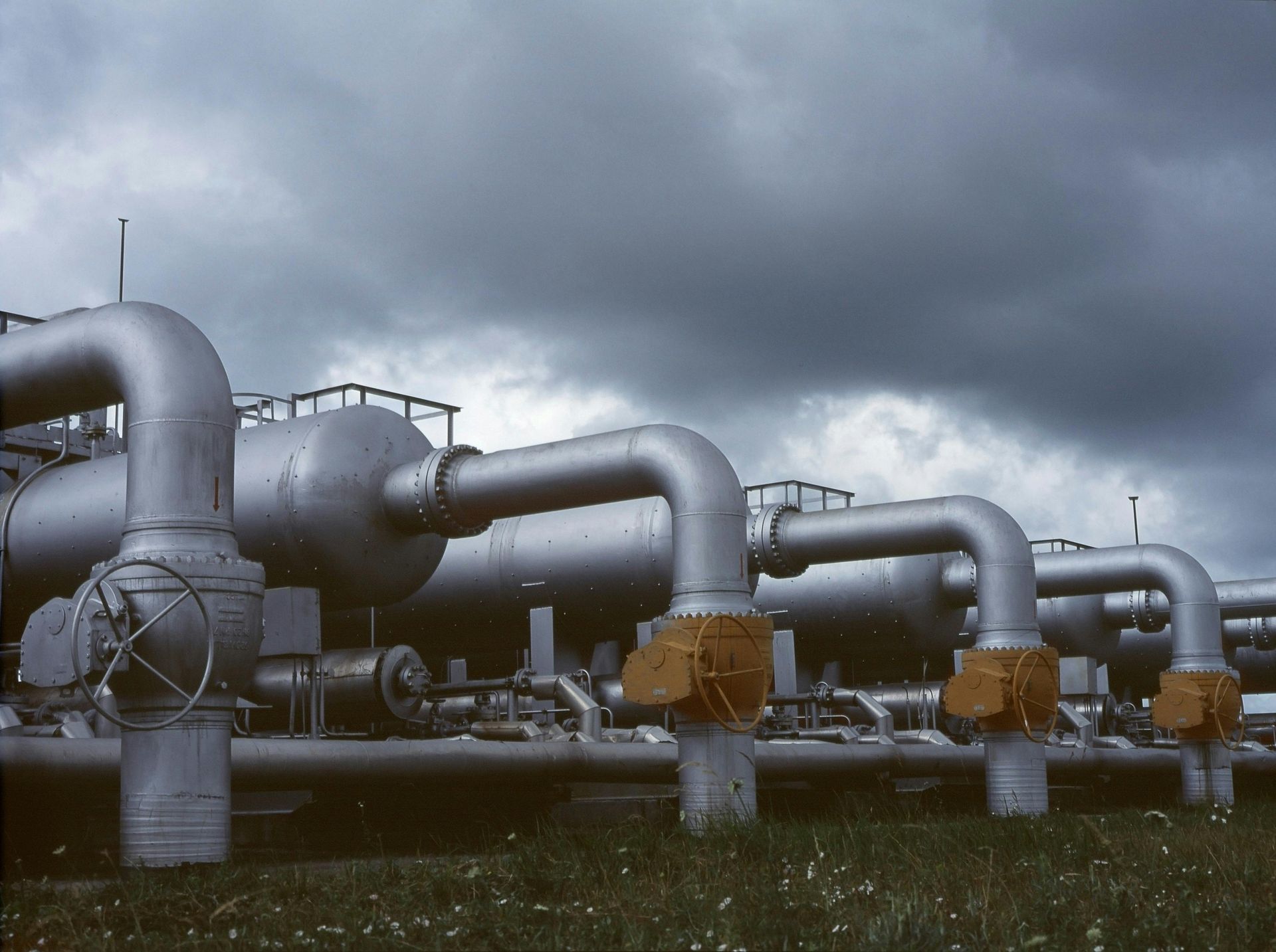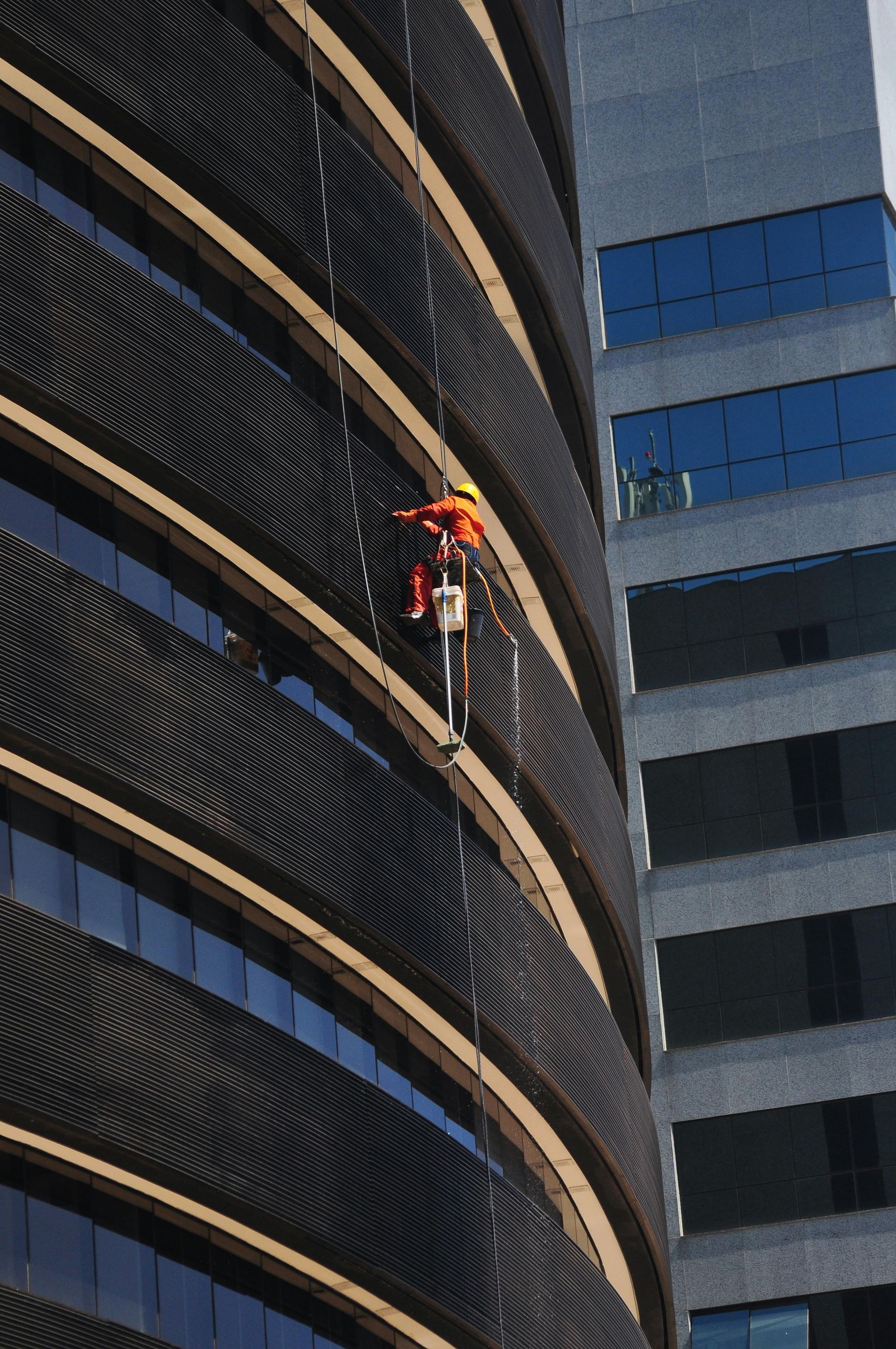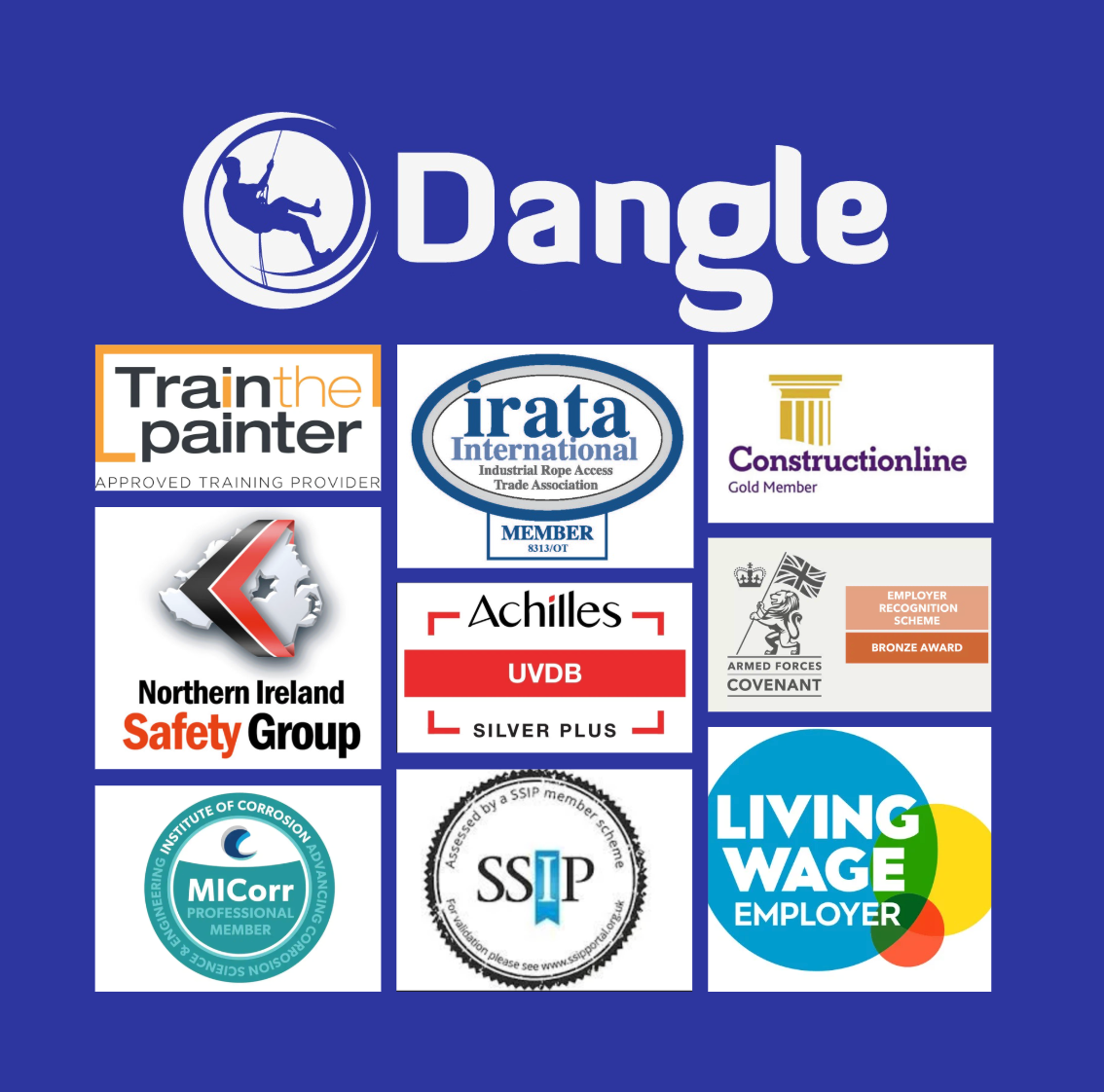Corrosion Under Insulation

Corrosion Under Insulation: Understanding, Identifying and Managing One of Industry’s Most Persistent Integrity Risks
Corrosion under insulation (CUI) remains one of the most challenging and costly integrity issues faced across industrial sectors today. Although insulation exists to protect pipework and equipment, it can unintentionally create ideal conditions for corrosion to develop thats hidden from view and often undetected until significant damage has occurred.
As industries across the UK and Ireland continue to modernise, expand and extend the lifecycle of ageing assets, CUI has become an increasingly important area of focus. This updated guide for 2026 explores how corrosion under insulation forms, why it is so prevalent, how engineers detect it, and what organisations can do to reduce long-term risk.
What Is Corrosion Under Insulation?
Corrosion under insulation refers to external corrosion occurring beneath thermal insulation or fireproofing materials, typically on pipework, vessels, ducts or equipment operating within a defined temperature range.
Unlike typical atmospheric or corrosion at sea, CUI is concealed. Moisture becomes trapped within the insulation system, creating a micro-environment that accelerates corrosion while remaining invisible from the outside. This “hidden deterioration” is why CUI is so difficult to manage and why failures can be sudden and disruptive.
How Corrosion Develops Beneath Insulation
Corrosion develops when moisture infiltrates insulation and remains in contact with the metal surface. Because insulation prevents evaporation, oxidation accelerates. Moisture typically enters through:
- Damaged cladding, lagging or jacketing
- Poorly sealed joints or terminations
- Age-related degradation
- Condensation, humidity or temperature cycling
- Marine or industrial contaminants such as chlorides
Once established, CUI can spread along insulated sections for years before detection, which is what makes it so sneaky!
Why CUI Remains a Significant Risk
Although corrosion under insulation has been recognised for decades, several modern trends have intensified its impact.
Growing Pressure on Ageing Infrastructure
Many industrial facilities now operate well beyond their original design life. As insulation systems deteriorate, moisture ingress increases and corrosion becomes more likely.
Environmental Exposure
Facilities—whether offshore, coastal or inland, are experiencing more variable and extreme weather conditions, creating additional stress on insulation, seals and protective cladding.
Regulatory Expectations
Modern frameworks such as API 584, NACE SP0198, and IOGP 517 require structured, evidence-based inspection programmes. Operators are expected to demonstrate proactive, risk-based maintenance approaches.
Expanding Sectors
Renewables, hydrogen, food production and advanced manufacturing rely heavily on insulated systems, broadening the relevance of CUI across multiple industries.
Why Predicting Corrosion Matters
Early identification of corrosion risk is essential for maintaining the safety, reliability and longevity of insulated piping systems. When corrosion develops unnoticed beneath insulation, it can weaken structural integrity, reduce wall thickness and lead to leaks, contamination or serious equipment failures.
Industries such as oil and gas, petrochemicals, food processing, power generation and manufacturing depend on insulated systems for temperature control, fire protection and process stability. In these environments, even small areas of corrosion can escalate quickly, particularly when contaminants such as salt, moisture or industrial chemicals are present.
Predicting where corrosion is most likely allows operators to prioritise maintenance, target inspection resources and reduce unnecessary disruption. With millions of metres of insulated pipework in service across the UK and Ireland, prediction is not only efficient but essential. By analysing environmental exposure, operating temperatures, insulation age and historical data, engineers can make informed decisions that prevent failures, reduce costs and support safe operations.
How Corrosion Under Insulation Develops
Understanding how CUI forms helps organisations anticipate high-risk areas.
Moisture Ingress
Moisture—from environmental exposure, operational processes or condensation—is the primary driver of CUI. Once trapped, it remains active for extended periods.
Temperature Cycling
Expansion and contraction of insulated systems create gaps, cracks and defects in insulation or cladding, providing pathways for moisture.
Contaminants
Chlorides, sulphates and industrial pollutants accelerate corrosion, especially in coastal or offshore environments.
Insulation Condition
Ageing insulation often compresses, delaminates or absorbs moisture, significantly increasing CUI likelihood.
Recognising Early Indicators of CUI
Corrosion is hidden beneath insulation, but early signs often appear externally. These include:
- Sagging, heavy or waterlogged insulation
- Rust staining on cladding
- Bulging, distortion or separation of jacketing
- Cracks or failures in weatherproofing
- Hot or cold spots identified via thermography
Identifying these symptoms early helps prevent more extensive damage.
Modern Inspection Methods for Corrosion Under Insulation
Because CUI is concealed, effective detection relies on a combination of selective removal, non-destructive testing and data-driven prioritisation.
Visual Assessment and Targeted Removal
Strategic removal of insulation provides direct insight into substrate condition. Risk models help determine where removal is most valuable.
Non-Destructive Testing (NDT) Techniques
Modern NDT methods reduce unnecessary insulation removal. Techniques include:
- Ultrasonic Thickness Measurement (UT)
- Guided Wave Ultrasonic Testing (GWUT) for longer pipe runs
- Infrared Thermography to identify moisture or thermal anomalies
- Embedded moisture detection technologies beneath insulation
These tools allow inspectors to evaluate large areas efficiently without invasive work.
Access Considerations for CUI Inspections
While corrosion under insulation is primarily a materials and integrity issue, inspection planning must also consider how insulated systems will be reached safely. Many areas vulnerable to CUI are positioned at height, within pipe racks or inside congested structures, meaning appropriate work-at-height arrangements must be in place before insulation can be removed or assessed.
For readers interested in the principles behind safe working at height in industrial environments, our earlier article on rope access equipment offers a general introduction to the types of equipment used to maintain worker safety and stability during inspection tasks.
Risk-Based Inspection: A Smarter CUI Strategy
Given the scale of insulated assets, risk-based inspection (RBI) has become the preferred strategy for managing CUI. Instead of widespread insulation removal, RBI focuses on areas most likely to be affected, considering:
- Operating temperature
- Environmental exposure
- Historical issues
- Insulation age and type
- Likelihood of moisture ingress
This approach reduces cost, time and operational impact while improving detection accuracy.
The Role of BIM in Modern CUI Management
Building Information Modelling (BIM) enhances CUI planning by helping operators visualise insulated systems, consolidate environmental data and map areas with elevated risk. By integrating operating conditions, insulation age, exposure factors and historical maintenance records, BIM models provide a clear overview of where corrosion is most likely to occur.
Colour-coded or tagged high-risk zones allow engineers to prioritise inspections effectively and support long-term integrity planning. While not a standalone solution, BIM significantly strengthens risk-based inspection programmes.
Preventing Corrosion Under Insulation
Prevention remains the most cost-effective method of controlling CUI.
Improved Insulation & Weatherproofing
Modern materials offer enhanced durability, reduced water absorption and better long-term resistance to environmental exposure.
Correct Installation
Many CUI issues stem from poor installation. Ensuring proper sealing, joint integrity and cladding fitment greatly reduces long-term risk.
Routine Condition Monitoring
Regular checks allow teams to identify early deterioration in cladding and insulation systems.
Digital Monitoring
Moisture sensors, corrosion detection devices and digital integrity platforms provide early warning of developing issues without invasive inspection.
Industry Approaches to CUI Management
Today’s CUI strategies span the full asset lifecycle—from design and installation to monitoring and maintenance. Many organisations now combine digital models, long-term inspection data and predictive tools to understand where corrosion may occur and when interventions are required.
This shift towards proactive, data-driven CUI management improves reliability, reduces unplanned shutdowns and supports sustainable asset life extension.
Further Reading and Technical Guidance
Highly regarded technical resources include:
- API 584 – Recommended Practice for Corrosion Under Insulation
- NACE SP0198 – Standard Practice for Control of CUI
- Institute of Corrosion – ICorr Technical guidance and research
- IOGP 517 – Integrity guidance for insulated systems in energy environments
These documents provide detailed methodologies to support effective long-term CUI control.
Why Choose Dangle’s Academy?
Here at Dangle, we pride ourselves on offering a wide range of professional and comprehensive inspection, access, coatings, and composite (IACC) industrial services and training courses to cater to the needs of both the private and public sectors. Our dedication to providing high-quality work at height solutions and training has helped us establish a strong reputation in the industry.
With a team of highly skilled and experienced professionals, we are committed to delivering exceptional results that not only meet but exceed our clients' expectations. Our on-site working at height services are designed to minimise maintenance costs in the long and short-term, allowing our clients to save on valuable resources.
Located in Belfast, Northern Ireland, our headquarters serve as the centre of our operations across Ireland. However, we also have a Dangle office based in Scotland, ensuring that we can extend our services to a wider clientele across the United Kingdom. No matter where you are located, our team is always ready to assist you with your industrial maintenance or training needs.
If you would like to learn more about how our dedicated team can help you, we encourage you to
get in touch with us today. Our friendly and professional staff are always available to provide you with the information and support you require.


